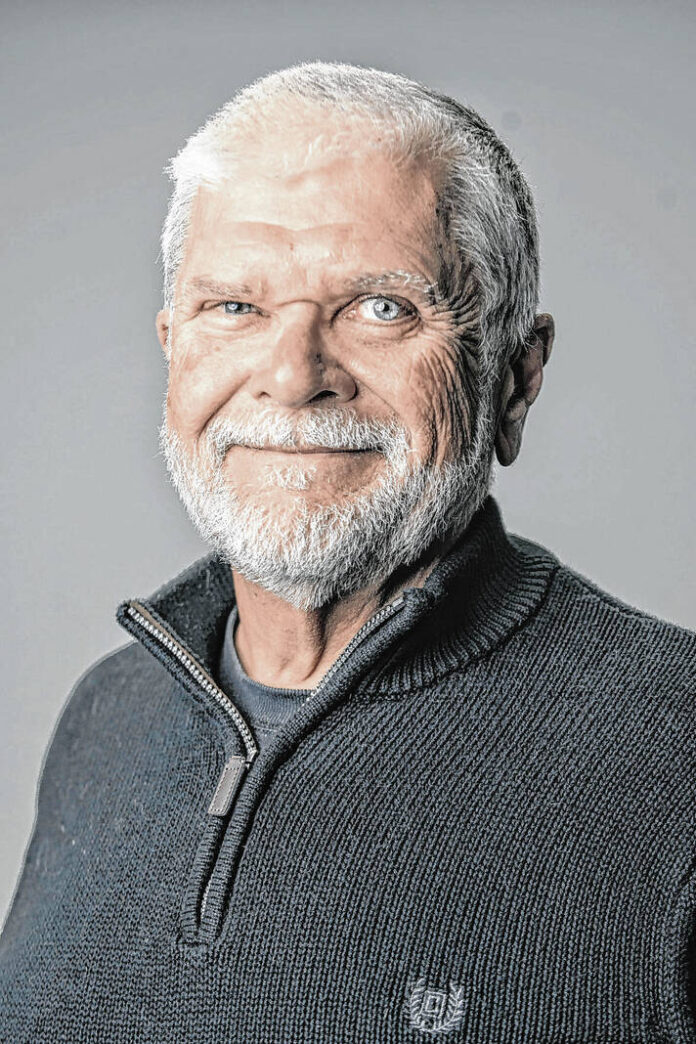I don’t recall my parents ever using the term “Memorial Day,” except when referring to the Indianapolis 500-mile race.
May 30 was “Decoration Day.”
Although Indiana, along with most other states, had recognized Memorial Day as a holiday since the 1890s, the United States Congress would not make it an official national holiday until 1971.
At the same time, the day of commemoration was moved from May 30 to the last Monday in May and designated by an act of Congress to be a day for honoring military personnel who have died in the service of our country.
I suppose my family called the day “Decoration Day” because — like many Southern Indiana residents — our ancestors had migrated here from Virginia and the Carolinas, via Kentucky, in the early to mid-19th Century.
Decoration Day had been observed on May 30 in many parts of the South all the way back to colonial times. The day was not mainly focused at the time on honoring fallen soldiers. The focus was on families in general and on remembering and honoring relatives buried in private and church cemeteries.
Each May, families and congregations mowed, cleaned and “decorated” the cemeteries. The headstones of deceased family members and friends were scrubbed. On May 30, family members brought flowers to the graves and at many church cemeteries members came together for a worship service and a meal.
At the end of the American Civil War, various groups in various states independently began promoting the day as a time to honor soldiers and sailors who had been killed in battle.
No one knows for sure who coined the term “Memorial Day.”
Some researchers say Southern women in several states formed organizations to honor their fallen sons and husbands and overlaid the name on the already established Decoration Day.
In addition, one of the first “memorial” commemorations came in May 1865 when free African-Americans in Charleston, SC, came together to rebury former Union prisoners of war in a cemetery created to honor their fight against slavery.
Memorial Day, as a day set aside by law to remember and honor those men and women who died in the service of our country, remains today as one of our nation’s primary holidays. That is as it should be.
The observance of what was once Decoration Day — a day to honor friends and loved ones just because they were our friends and loved ones — has meanwhile declined.
Of course, many families and individuals — particularly those in rural communities — still “decorate” family graves on Memorial Day. But any observer with more than a few decades of memory can hardly deny the practice is greatly diminished.
The meticulously trimmed grass, scrubbed tombstones and a sea of flowers I recall from my childhood in my own family cemetery in Johnson County are becoming more a memory than a reality.
My parents and older relatives once took part in a family association that met every year to organize and financially contribute to the maintenance of our cemetery. Each year’s meeting was followed by a family reunion and a “pitch-in” meal.
Today, flowers are few. Some years the grass in the cemetery is not even mowed by Memorial Day. The possibility that younger generations will carry on family traditions of Decoration Day appears to be remote.
And, I must admit, I do not visit the cemetery or “decorate” family graves as often as I once did — at any of the cemeteries where my family members are interred.
Maybe Decoration Day has just run its course in any form not connected to honoring our military. And I suppose reasons go beyond the knee-jerk charges from many old curmudgeons that “young people today have no respect.”
Changing burial practices certainly have played a part. Cremations now make up nearly 60 percent of the final arrangements of Americans, according to the Cremation Association of North America. That compares to just 3.6 percent in 1960. (Where do you go to honor ashes scattered in the wind?)
Declining participation in organized religion also likely plays a role, along with the closing of many small, rural churches.
Population mobility may be another reason. Many people no longer live in places where generations of their families are buried.
Some say weakening of family bonds is another.
Whatever the cause, rituals are important. Nations build unity around them. I fear the loss of Decoration Day may be the loss of something larger than the simple act of placing flowers on a loved one’s grave.





